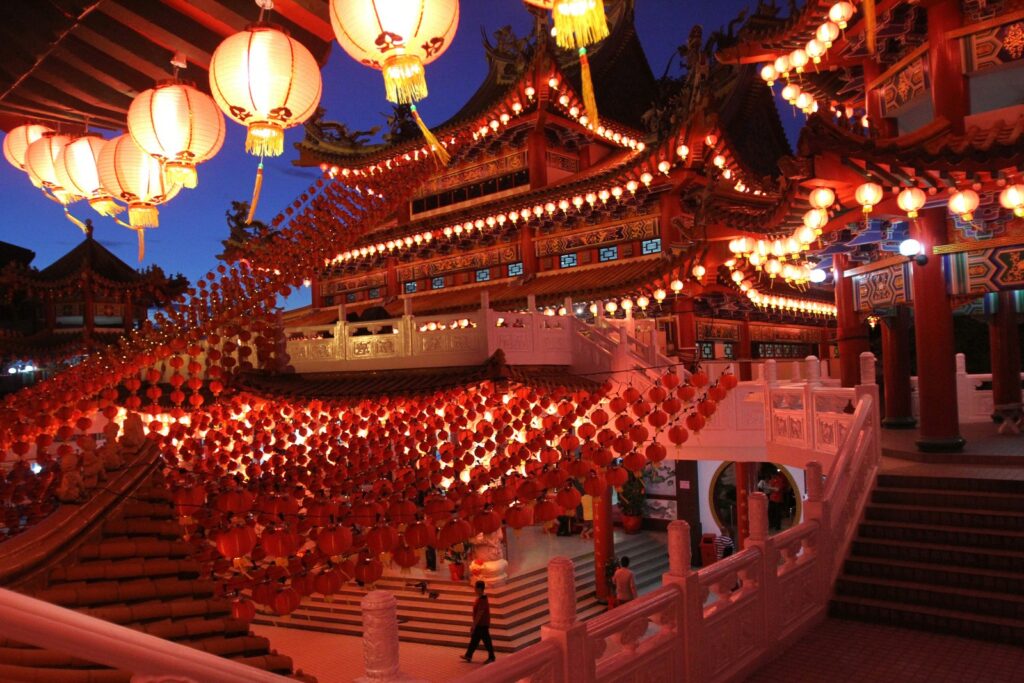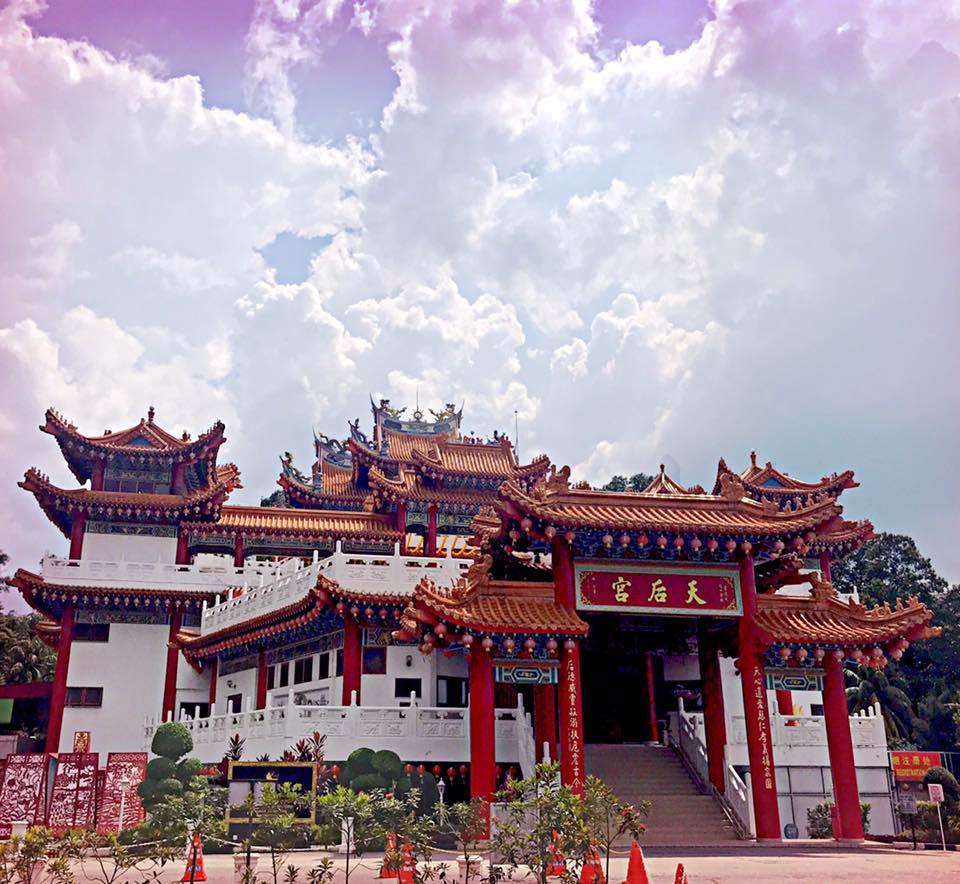
The Thean Hou Temple Complex & Convention Hall (THT) in Kuala Lumpur, an iconic architectural marvel, has become one of the top tourist attractions in Kuala Lumpur after the Petronas Twin Towers and KL Tower.
The attractive six-tiered complex, representing the Chinese seafarers’ patron saint, “Lady Mazu” or Thean Hou or Phor Torh (in the Hainanese dialect), was conceptualised by architect Robert Chow, who passed away recently at a ripe old age of 91.
Located some distance from the Kuen Cheng High School along Jalan Syed Putra and a stone’s throw from the bustling KL Sentral, it sits atop Robson Heights covering 1.67 acres of land. It was completed in 1987 after construction started from 1981 at a cost of RM7 million.

THT, which has been given a 4.6-star rating by Google, is syncretic temple as it combines elements of Buddhism, Confucianism and Taoism.
Described as a grandiose structure, it represents a successful combination of modern architectural techniques and authentic traditional designs featuring imposing pillars, spectacular roofs, ornate carvings and intricate embellishments.
The front entrance of the temple features a multi-arched gateway with red pillars — the colour symbolising prosperity and good fortune.
Souvenir stalls and a restaurant are found on the first level. The second-level houses a multi-purpose hall while offices are located on the third level.
The fourth level has three tiers and a prayer hall is located here.
Tourists, both local and foreign, come in bus-loads or in their own cars to admire the wonderful piece of architecture tucked away in a rather quiet residential district of Kuala Lumpur,

Andy Lee Heng Khen, an active member of the Hainanese community, says that although the external façade of THT is without doubt beautiful, he is more intrigued by the often-overlooked internal masterpiece, located at the centre of THT’s main shrine hall’s ceiling.
Andy says this distinctive feature is known as the caisson ceiling, shaped like an incurvate dome resembling a baldachin or ceremonial canopy.
“The caisson ceiling is a renowned and complex decorative technique in ancient Chinese architecture, known for its intricate designs and craftsmanship” he adds.
The Segamat-born Andy, who has been closely watching the developments of THT over the years, says that THT’s ceiling “reminds us of the interior ornate design of grand cathedrals of Europe — the Cologne Cathedral and Duomo di Milano (the largest Gothic cathedral in the world) with their Renaissance, Barogue, Gothic and Romanesque architectural elements.”
“Special tribute must go to Robert Chow, the builders and the esteemed founders of the temple for their spirit and foresight to have made THT great today…it must have been beyond their wildest dreams,” he says.
Andy recalls that during the Malaysian Chinese Association (MCA) long-drawn crisis between (now Tan Sri) Tan Koon Swan and Dato Dr Neo Yee Pan factions in the 1980s, THT’s Convention Hall was an active place for intense meetings and debate.
During the general elections, many fund raising and campaign dinners were also held there by politicians of almost all stripes and their supporters, he adds.

Besides being a tourist attraction and a meeting place, THT is also an important place for another serious matter — marriage — as it also acts as a registry for civil marriages. And naturally, THT has also become a favourite scenic spot for couples taking pictures in their wedding finery. And not forgetting movie directors who use the place as a location for their film shoots, too!